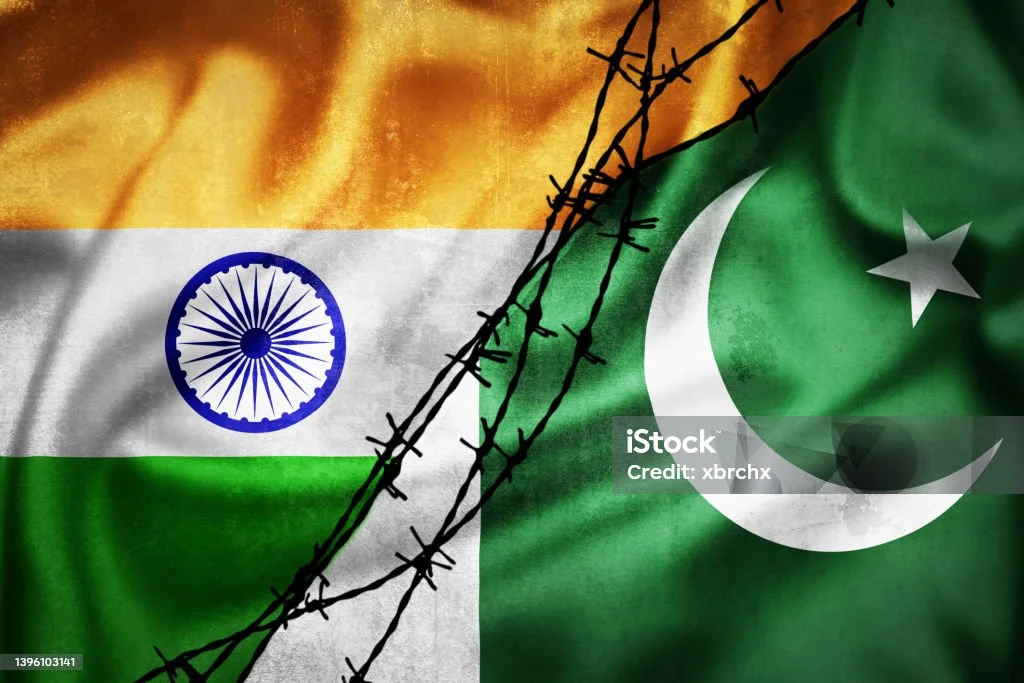- Unbreaking The News
- Work
- Life
- Lifestyle
- HumanityDiscover the latest trends, style tips, and fashion news from around the world. From runway highlights to everyday looks, explore everything you need to stay stylish and on-trend.
- Mental HealthStay informed about health and wellness with expert advice, fitness tips, and the latest medical breakthroughs. Your guide to a healthier and happier life.
- Science & Technology
- Literature
- About Us
- Unbreaking The News
- Work
- Life
- Lifestyle
- HumanityDiscover the latest trends, style tips, and fashion news from around the world. From runway highlights to everyday looks, explore everything you need to stay stylish and on-trend.
- Mental HealthStay informed about health and wellness with expert advice, fitness tips, and the latest medical breakthroughs. Your guide to a healthier and happier life.
- Science & Technology
- Literature
- About Us
Now Reading: From Pahalgam to the LoC:How a Nation Reacted to a Deadly Attack
-
01
From Pahalgam to the LoC:How a Nation Reacted to a Deadly Attack
- Unbreaking The News
- Work
- Life
- Lifestyle
- HumanityDiscover the latest trends, style tips, and fashion news from around the world. From runway highlights to everyday looks, explore everything you need to stay stylish and on-trend.
- Mental HealthStay informed about health and wellness with expert advice, fitness tips, and the latest medical breakthroughs. Your guide to a healthier and happier life.
- Science & Technology
- Literature
- About Us
- Home
- Unbreaking The News
- From Pahalgam to the LoC:How a Nation Reacted to a Deadly Attack
From Pahalgam to the LoC:How a Nation Reacted to a Deadly Attack
Journalism, Unbreaking The News4 weeks ago15 Views

On April 22, 2025, a terrorist attack in Pahalgam, Jammu and Kashmir, killed 26 civilians, including a Nepali national. Indian authorities attributed the attack to Pakistan-based groups Lashkar-e-Taiba and Jaish-e-Mohammed. The incident triggered diplomatic fallout — including visa suspensions and expulsions of Pakistani officials — and raised tensions along the Line of Control. In the weeks that followed, India launched a targeted military strike, Operation Sindoor, while intermittent ceasefire violations and public anxiety shaped the national mood.
April 22: The Attack in Pahalgam
A devastating terror attack in the pilgrimage town of Pahalgam, Kashmir, left 26 civilians dead, including a Nepali national. Indian authorities swiftly blamed Pakistan-based militant outfits Lashkar-e-Taiba and Jaish-e-Mohammed, triggering a nationwide outcry.
That same evening, hashtags like #NoMoreTalks and #JusticeForPahalgam surged across social media. The online outrage quickly turned into policy, as India expelled Pakistani officials and suspended visas, heightening tensions at the Line of Control (LoC).
April 24 – May 6: Between Diplomacy and Drum Beats
Over the following two weeks, India toggled between backchannel diplomacy and visible military preparations. The uncertainty rippled through everyday life, especially in Punjab, Rajasthan, and Jammu & Kashmir.
In an interview with HT City, a Delhi University student said,
“Everyone’s tense. My roommate’s brother is posted at the LoC. She barely sleeps.”
A Reddit user from Rajasthan noted,
“My flight from Jodhpur to Indore (college) was cancelled. Other than that, I haven’t noticed much.”
Meanwhile, media speculation mounted. By May 6, several outlets reported signs of imminent retaliation.
May 7: Operation Sindoor
At dawn on May 7, India launched Operation Sindoor — a brief, precise strike targeting nine suspected terrorist bases in Pakistan-occupied Kashmir (PoK) and nearby regions. The 22-minute operation, carried out using drones and airstrikes, was designed to demonstrate capability without appearing escalatory.
Internationally, the strike drew mixed reactions. While countries like France and Israel backed India’s right to self-defence, others — including China and the United Nations — urged restraint and called for immediate dialogue between the two nuclear neighbours.
Prime Minister Narendra Modi, in a statement reported by the Times of India, declared,
“In response to the attacks… our forces destroyed nine of the biggest terrorist bases within just 22 minutes.”
Later that day, Defence Minister Rajnath Singh emphasized that any future engagement with Pakistan would focus solely on PoK:
“If we talk to Pakistan, it will only be on PoK. Nothing else,” he said, as quoted by Times of India.
May 10: Ceasefire or Brief Pause?
Three days later, global diplomatic pressure appeared to yield results — a ceasefire was announced. But within hours, reports emerged of fresh shelling along the LoC, leading to civilian casualties. Among the victims was Mariyam, a young girl from Poonch.
Her father, Javid Iqbal, told The Times of India:
“She died in my arms.”
India accused Pakistan of violating the agreement. A Defence Ministry statement confirmed retaliatory strikes, framed as limited to counter-fire zones.
Public Reactions: Stress, Silence, and Screens
While the official tone remained measured, the public mood was volatile. Students — particularly those from military families or border areas — demanded exam delays. Delhi University’s student union set up a helpline for those struggling with stress.
A student leader told Times Now,
“The administration must account for the stress and uncertainty students are facing.”
Online sentiment ranged from frustration to resignation. A viral comment summed up the ambivalence:
“Wanted you to capture Pakistan. But we will take the ceasefire if it means our jawans are safe.”
May 13 and Beyond: Calm, With Questions
By May 13, hostilities had largely quieted. Yet the fragility of the peace remained apparent. Analysts warned that without structural dialogue or credible deterrence, future provocations could again ignite a larger conflict.
As The Atlantic Council observed,
“Without credible deterrence and sustained diplomacy, any peace remains fragile.”
Final Thoughts
This crisis was not just about foreign policy or military retaliation. For students in Delhi, families in Kashmir, and travelers grounded in Rajasthan, it was a lived experience — shaped by fear, grief, and constant refreshes of the news.
What comes next is uncertain. But for now, calm — however uneasy — holds.
Delisha Kumar
Delisha Kumar is a journalist who specializes in economy, finance, and social issues. She focuses on simplifying complex analyses into clear, impactful stories that inform and engage. With a thoughtful and intuitive voice, her work bridges the gap between data and everyday understanding.
Stay Informed With the Latest & Most Important News
Previous Post
Next Post
Previous Post
Next Post
Editors' Pick2 weeks ago
The Crash
Editorial3 hours ago
Cadence: I Got Rhythm
Lifestyle3 days ago
When Distance Tests Love
Editorial5 days ago
Family of Origin
























